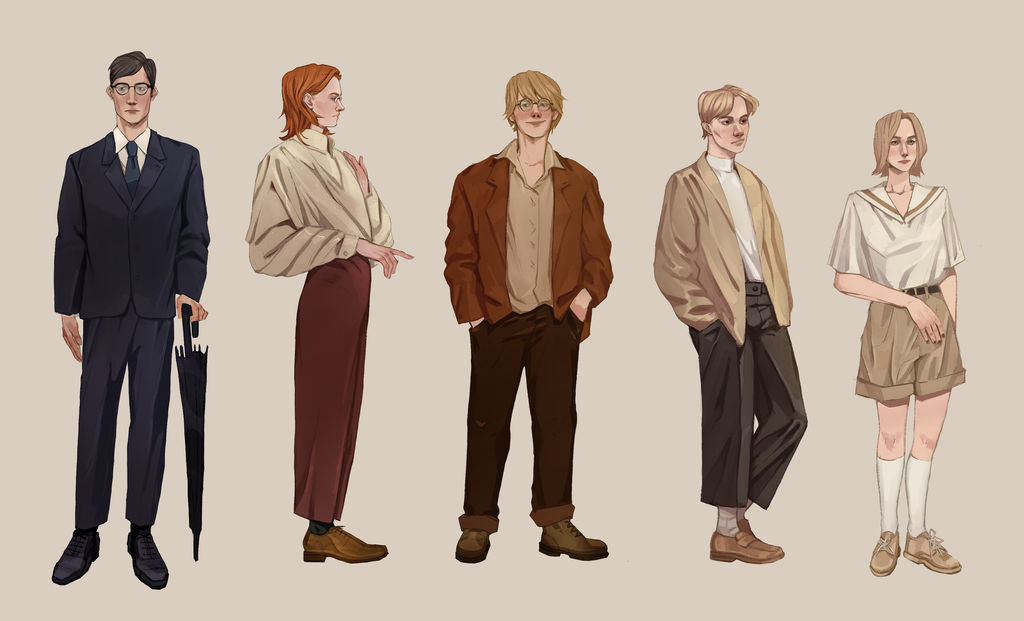
FAQ About The Secret History

What is the role of art and artistic expression in the book, particularly in relation to Francis Abernathy?
Art and artistic expression play a significant role in "The Secret History," and Francis Abernathy, one of the main characters, embodies this theme in various ways. Here's an analysis of the role of art in the book, with a focus on Francis:
- Artistic Sensibility: Francis is portrayed as an aesthete with a deep appreciation for beauty and artistic expression. He often engages in discussions about art, literature, and aesthetics with his friends. His artistic sensibility sets him apart from the other characters and adds depth to his character.
- The Classics: The study of the classics, particularly ancient Greek literature and philosophy, is a form of art in itself. The characters, including Francis, are drawn to the classics not just for their intellectual value but also for their artistic and aesthetic qualities. The classics represent a form of art that resonates deeply with Francis and his friends.
- Julian Morrow's Influence: Francis's interest in art and aesthetics is influenced by Julian Morrow, their classics professor. Julian's passionate teaching style and his ability to convey the beauty and complexity of the classics inspire Francis and the others to view these works as works of art in their own right.
- The Bacchanal Ritual: The Bacchanal rituals that the characters engage in are, in a sense, a form of artistic expression. These rituals are intended to recreate the Dionysian revelry of ancient Greece, blurring the lines between art, religion, and personal experience. Francis is an active participant in these rituals, highlighting his connection to artistic and transcendent experiences.
- Creativity and Escape: Artistic expression serves as a means of creativity and escape for Francis and his friends. It allows them to break free from the confines of their academic studies and the constraints of their privileged lives. Through art, they seek a form of transcendence and a connection to something greater than themselves.
- The Aesthetic Life: Francis, along with the other characters, is drawn to the idea of living an aesthetic life. They aspire to emulate the ideals of ancient Greece, where beauty, morality, and intellectual pursuit were intertwined. This pursuit of an aesthetic life drives their actions and decisions, including their morally ambiguous ones.
- Escapism and Self-Expression: For Francis, art and aesthetics serve as a form of escapism and self-expression. He uses his artistic sensibilities as a way to cope with the darkness and moral ambiguity of the events in the novel. His artistic pursuits become a means of processing and grappling with the consequences of their actions.
